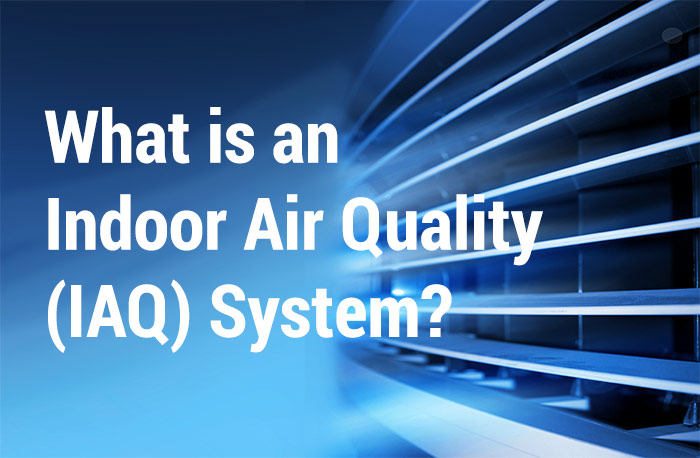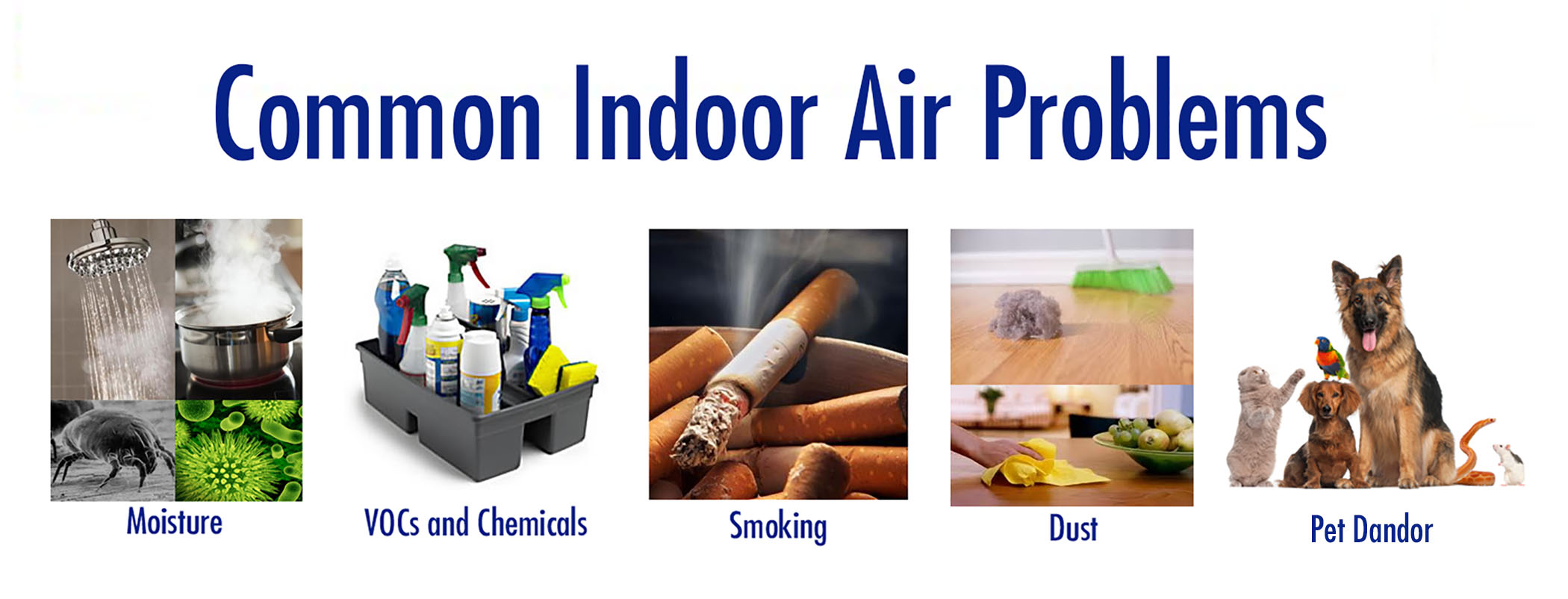Indoor Air Quality: How Can You Keep Your Household Safe?

We’re all familiar with the fact that the air we breathe leaves a lot to be desired. If you live in a large city, for example, you may regularly see outdoor air quality alerts that encourage you to minimize your car trips.
When you think of air pollution, the first thing that comes to your mind is probably a big-rig truck or a factory with smokestacks belching out black clouds into the sky. However, in the last several years, a growing amount of research has indicated the air within homes and businesses can be even more polluted than the outdoor air, even in the largest and most populated cities. This is because indoor spaces enable potential pollutants to accumulate more than open spaces do.
In addition, some of us spend up to 90 percent of our time indoors. Therefore, for many people, health hazards due to indoor air pollution may be even greater than they are with outdoor air pollution.
Those who are especially vulnerable to the effects of indoor air pollution include the very young, the very old and chronically ill people, especially those suffering from respiratory or cardiovascular disease. People with asthma and allergies are also at greater risk.
The Hidden Dangers of Indoor Air Pollution

In terms of your exposure to toxins and pollutants, you may be totally unaware of the levels that exist in your home. Most homes today have more than one source that contributes to indoor air pollution.
There can be a serious health risk from the cumulative effects of these sources, which include dust, tobacco smoke, building materials, paint, air fresheners, scented candles, electronic appliances and activities such as cooking (especially if you use natural gas).
Cleaning and personal hygiene products are a particular danger to be wary of when it comes to household air quality. The nonprofit organization Environmental Working Group tested more than 2,000 common household cleaning products, and found many of them contain chemicals that are linked to asthma, allergies, birth defects and even cancer. EWG also found that, because product manufacturers aren’t required to disclose all their ingredients, many of them don’t. Who knows what else we might discover about the side effects of breathing in particles from these products?
In 2012, a peer-reviewed study of 50 separate categories of household products by nonprofit environmental health research group the Silent Spring Institute discovered everything from makeup to personal care products has ingredients that either cause asthma or disrupt the human endocrine system. (If you’re curious, here’s a list of the specific products they tested.)
What Can You Do to Make the Air in Your Home Safer?
Here are seven simple steps you can take to improve indoor air quality:
- Change the air filters in your HVAC system regularly, according to the manufacturer’s instructions
- Get regular professional HVAC maintenance from a qualified service provider
- Maintain a healthy level of humidity
- Do not smoke inside your home
- Use all-natural cleaning and hygiene products, instead of ones with chemicals and artificial fragrances
- Open windows and doors to allow fresh air to circulate in your home
- Get live plants, which act as natural air purifiers
If you’re looking for other ways to improve the air quality inside your house, contact the experts at Nu-Temp Heating and Cooling, a locally owned HVAC company that serves our neighbors throughout Bucks County, Montgomery County and Philadelphia. We sell and install Air Scrubber Plus®, an award-winning home air purification system, as well as the eco-friendly Laundry Scrubber. We also install Honeywell humidifiers, UV lights and media filters.
